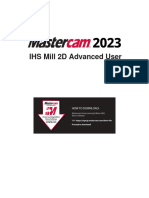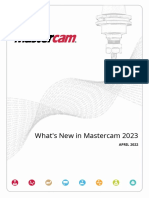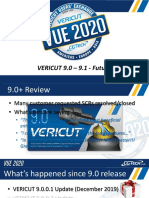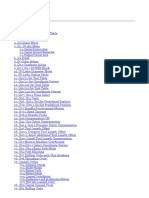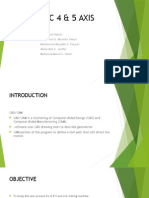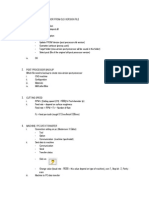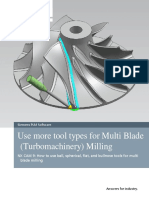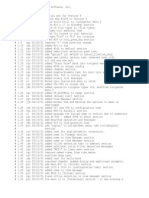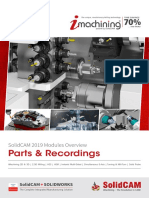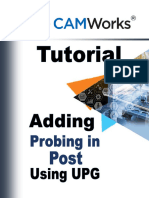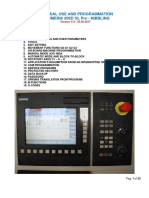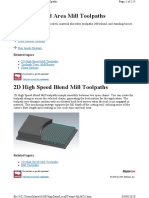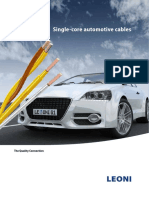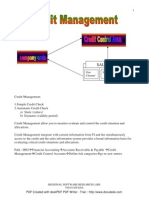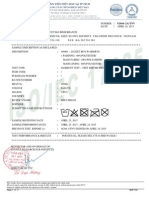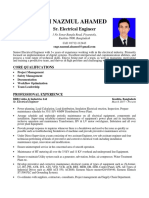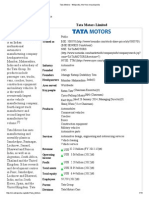0% found this document useful (0 votes)
261 views12 pagesSurface Toolpath Overview
The document provides an overview of standard and high speed surface toolpaths in Mastercam. It describes different toolpath types including parallel, radial, contour, restmill, rough pocket, rough plunge, finish parallel steep, finish shallow, finish pencil, finish leftover, and finish blend toolpaths. It also briefly introduces core roughing toolpath for high speed machining.
Uploaded by
SugumarKmCopyright
© © All Rights Reserved
We take content rights seriously. If you suspect this is your content, claim it here.
Available Formats
Download as PDF, TXT or read online on Scribd
0% found this document useful (0 votes)
261 views12 pagesSurface Toolpath Overview
The document provides an overview of standard and high speed surface toolpaths in Mastercam. It describes different toolpath types including parallel, radial, contour, restmill, rough pocket, rough plunge, finish parallel steep, finish shallow, finish pencil, finish leftover, and finish blend toolpaths. It also briefly introduces core roughing toolpath for high speed machining.
Uploaded by
SugumarKmCopyright
© © All Rights Reserved
We take content rights seriously. If you suspect this is your content, claim it here.
Available Formats
Download as PDF, TXT or read online on Scribd
/ 12
